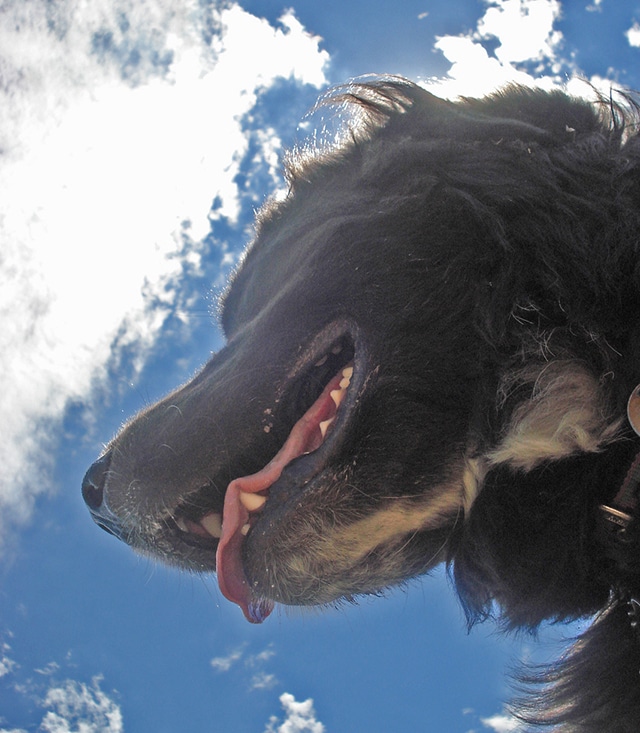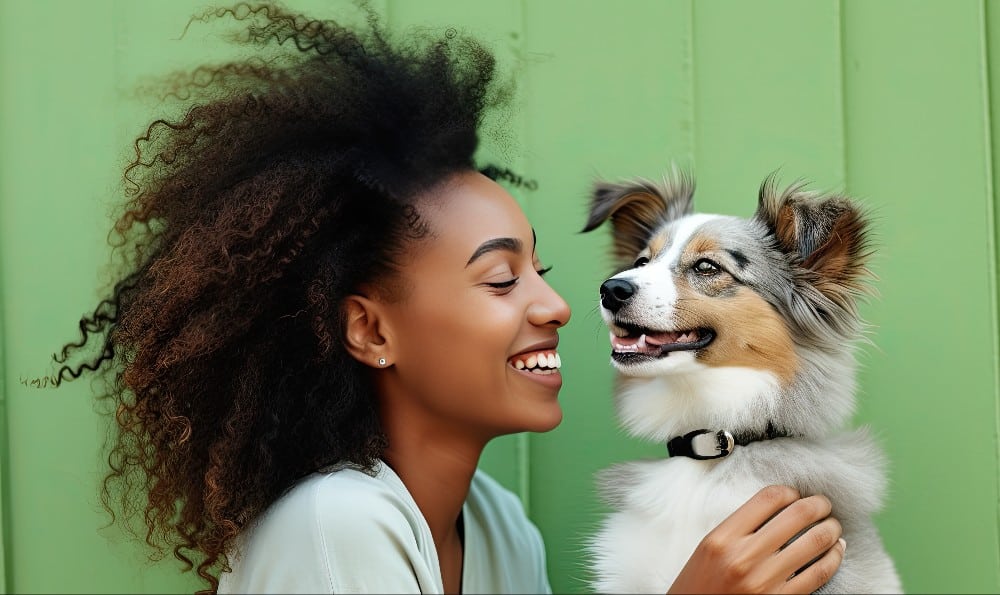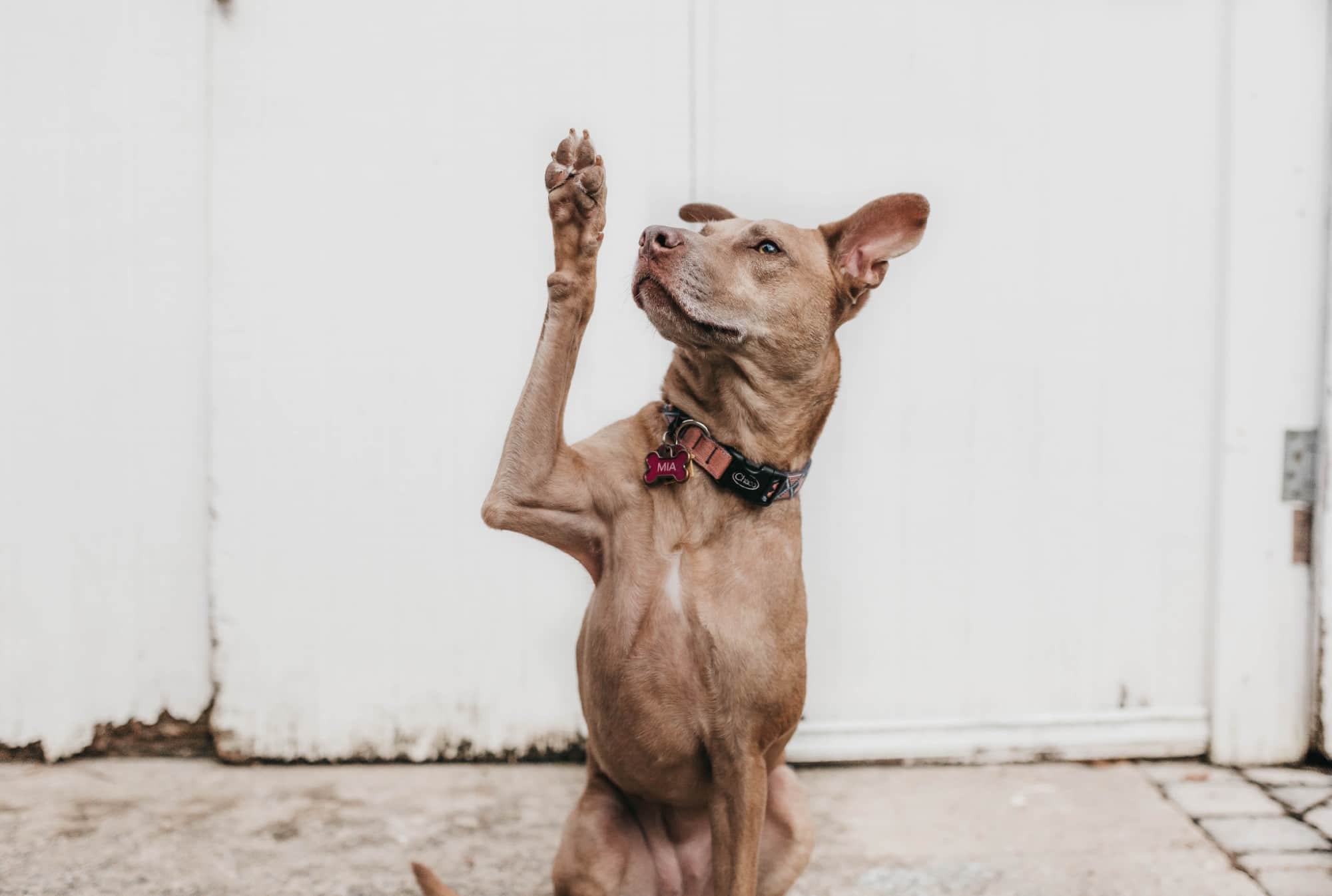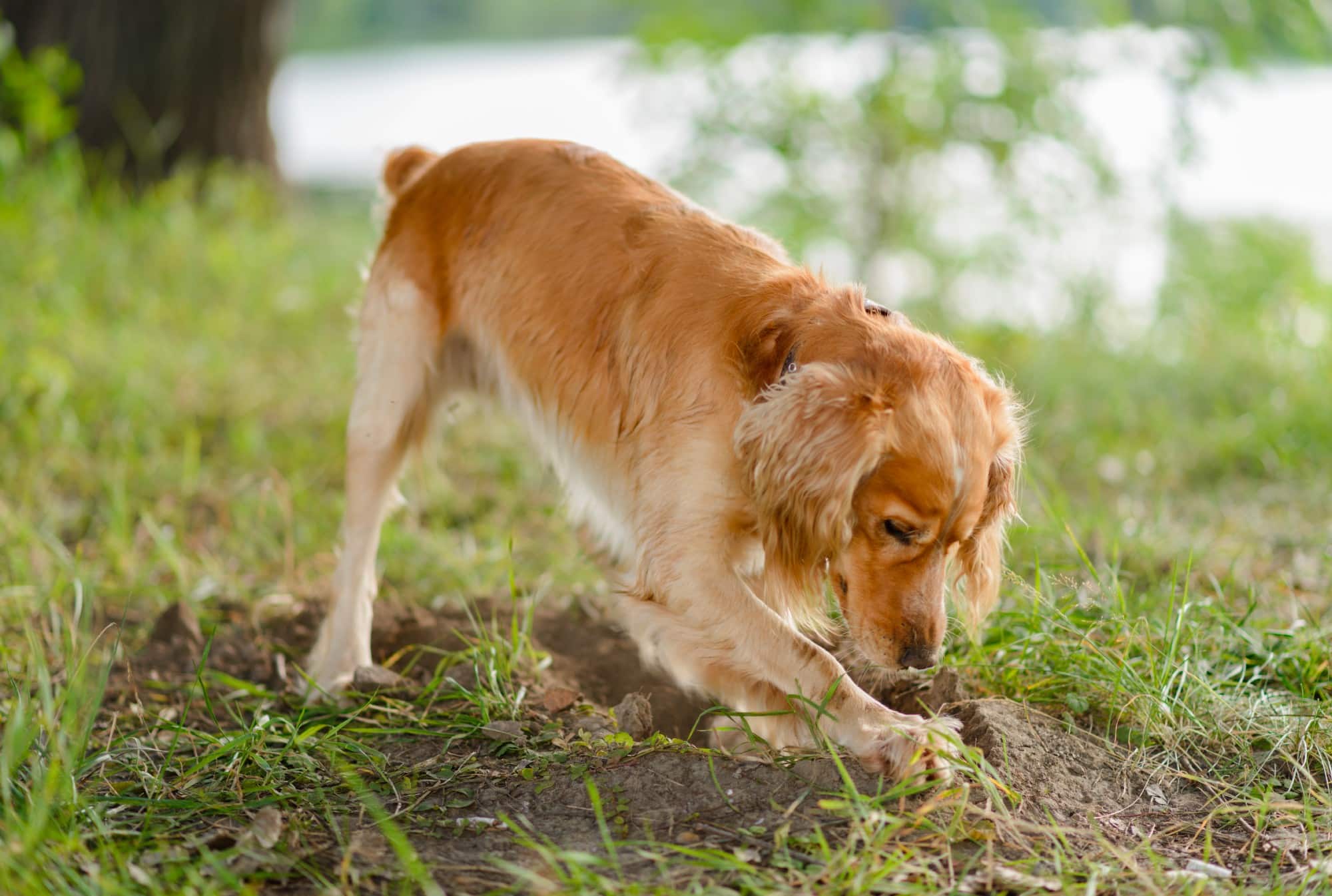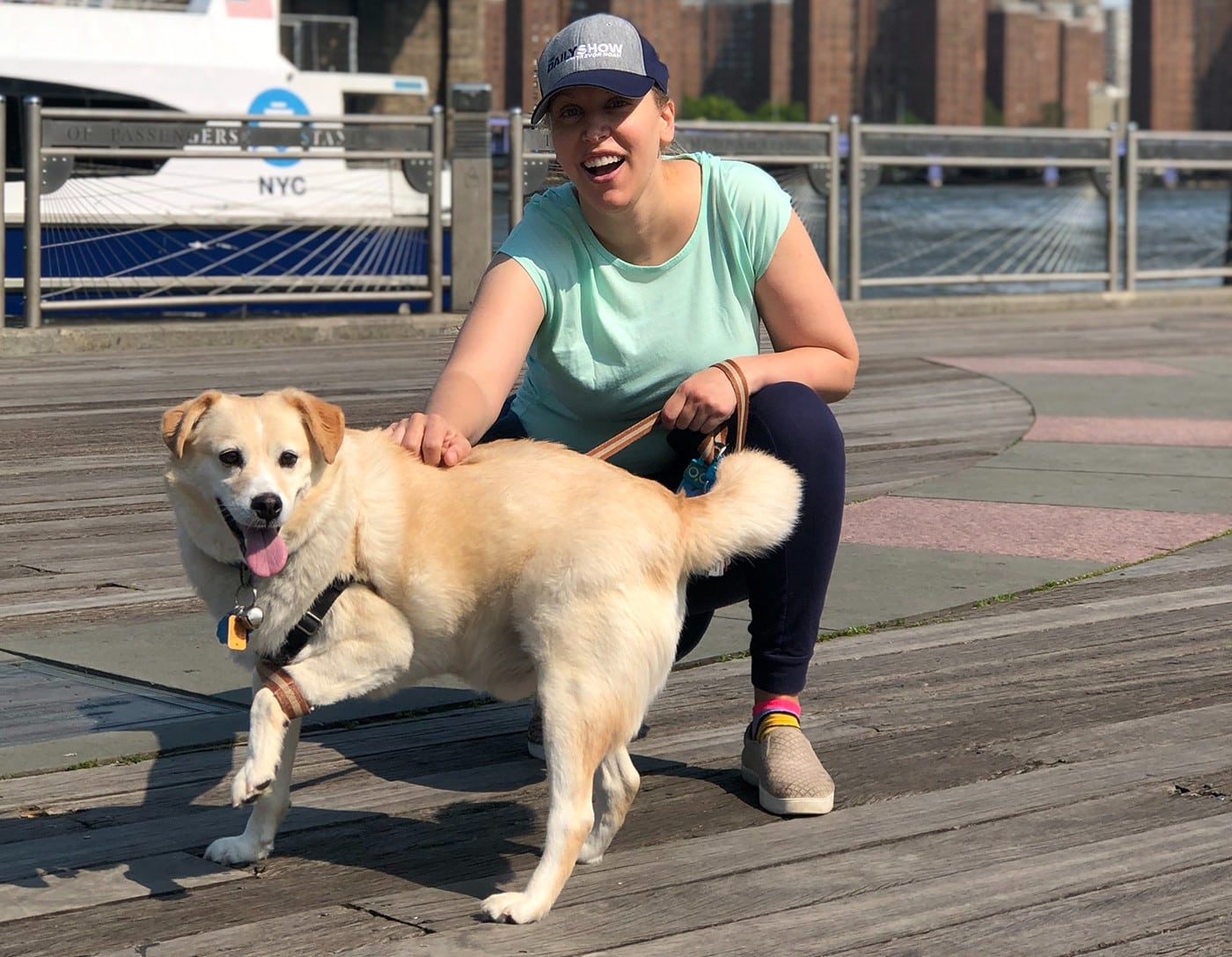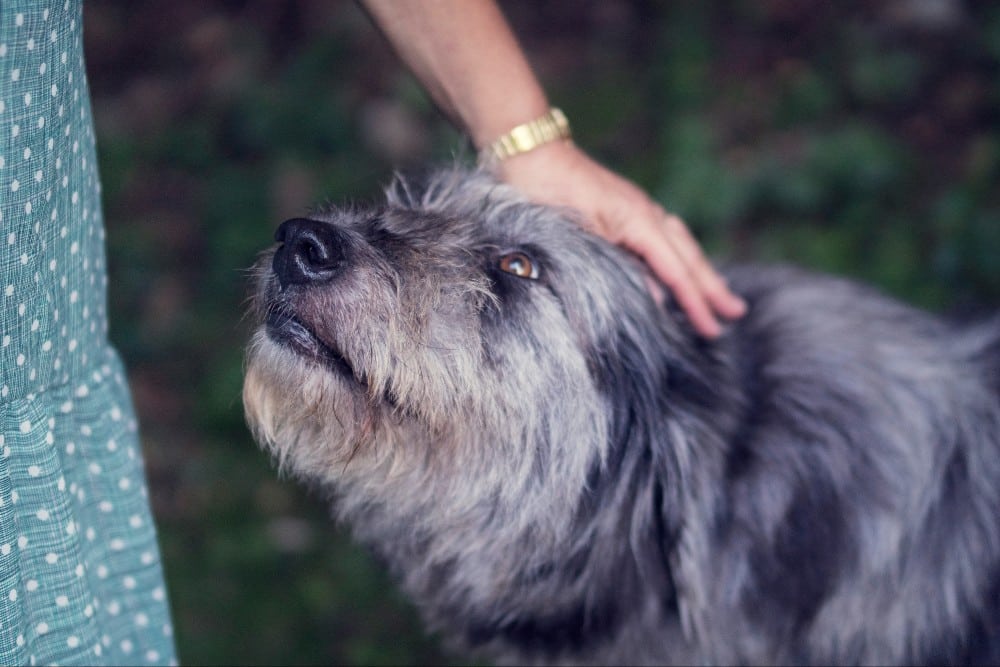If you’re like most of us, hearing the word “emergency” in the same sentence as “my dog” horrifies. We arrange the whole world to prevent harm to our beloved pets yet accidents — the unexpected, impossible, and unprepared for — occur. You don’t have to rely on just luck to control the outcome, however. By teaching your dog certain behaviors, you can prevent tragedies from occurring.
As the author of The Secret History of Kindness: Learning from How Dogs Learn, I have learned from various top-notch trainers the best way to teach a dog these safety commands is through positive reinforcement, by way of clicker training. By using this technique, the behaviors taught tend to be installed more deeply because a happy brain is an elastic one.
Related: Your Dog Just Growled at You, Now What?
Here are the five behaviors to teach your do to keep your dog out of harms way.
1. A solid recall
This command is number one for a reason, as dogs can’t necessarily predict painful outcomes, but you can. So a snappy return to you means a return to safety. To nail this command practice (and practice some more), while making it enjoyable for your dog.
The key is to never use your chosen cue — usually “come” — unless you are certain your dog will come. Make sure there’s something good at the end of every recall (never call your dog back and then do something unpleasant, like end the hike or clip her nails). And, as with every cue, issue it once only.
Training can start in the kitchen when she’s coming to you anyway (for instance before you put down the dinner bowl). This is called setting her up for success! Then graduate to a long line outdoors. Attach a lightweight rope 20- or 30-feet long to her collar and let her drag it. You’re going to give her the opportunity to voluntarily offer a return to you. If she doesn’t come, simply stand on the end of the line and wait for her to “get it.” When she does — even if it’s only a step or two toward you at first — praise and give her a treat. When she realizes you have the good stuff and all she needs to do is come to get canned chicken, freeze-dried liver, or the most fun toy in the universe, you have the beginning of a solid recall. Reward every time — both of you will be thankful.
2. Down-stay at a distance
My dogs — two collie mixes named Mercy and Nelly — and I have always enjoyed off-leash hiking. I’m always careful to find safe, road-less places, but what happens if I’m wrong and an oncoming truck comes between us? Come is the last thing I want to use. Instead, I need a down-stay command I can cue from a distance.
Related: Dealing With the Dreaded Nail Clipping
This is a complex behavior, meaning made of several discrete parts. First Fido needs to know “down.” It’s relatively easy to learn: Hold a yummy treat in your fist and put it to his nose. Lower your fist to the ground right in front of his face while also moving it slightly toward him. He will go into a down because that’s the only way he’s set to nab the goodie. When he does: open sesame. You’ll also want to add a visual cue at the same time you say “down”: your other hand raised in a “stop” gesture.
Next, add the “stay.” Start small (you sense a theme here, right?). Move away only a step or two at first. Then stretch the time and distance. Practice lots: This is a life saver.
3. Leave it
Rover starts heading for that disgusting who-knows-what, or worse, he sees something “interesting” lying across the trail or on the sidewalk and gets curious. Many of these interesting things can be dangerous – be it a timber rattler, a piece of chocolate or rat poisoning.
Rover must learn to “leave it.” This is another trick taught using the “biscuit in a closed fist” method. Patience is needed, too.
Your dog noses at the treat, paws at it and at last, she gives up. The second she does, exclaim “Good girl!” and open your hand. When she’s reliably ignoring a treat, even on the ground, you’re on your way to the safety offered by a strong “leave it.”
Related: Variety Is the Spice of Life: How to Keep Your Dog Walks Interesting
4. Wait
No one likes the person who charges through a door as if no one else matters. When it’s your dog doing it, not only do you have rude behavior but also a potentially risky situation, especially if that door faces a busy street.
Teaching your dog to wait when a door is opened is fairly simple. Open it a crack. As soon as she starts to barge through, close it gently (not on her nose). Repeat as necessary. It won’t take long for a moment of confusion to ensue: “Wha-?” The moment she sits to ponder what just happened, open the door again. Bingo! Now she thinks sitting caused the door to open. That’s all the reward necessary. Don’t give her access to what she wants until she sits or pauses. You’ll be grateful the day someone opens the car door in a parking lot.
5. Let me put on the leash.
My Nelly has a special talent: vanishing when it’s time to end the hike. I have a special ace in the hole for when nothing else will get this clever dog back: “Let me put on your leash!” I taught it at home by clipping on her leash, giving her a treat then releasing her. I do this over and over again. To her, it’s a freebie: She gives up nothing and gets something good. It’s her most reliable behavior now.
This command came in handy the day she decided our walk wasn’t half long enough and turned around to do the trail again. If I’d asked her to come, no dice. But her leash – “Wow! I know that one mom!” It is a win-win.
I never let her in on my secret. I have a happy dog but best of all, I have a dog.
My favorite trainers have a wealth of theory and practice easily accessed online and through their books and videos: the Queen of Clicker, Karen Pryor; Kathy Sdao; Patricia McConnell; and Pat Miller. Consult them, and the website of the ASPCA, to color incomm the rest of the training plans sketched above.
Related: This Simple Trick Will Stop Your Dog From Pulling on Walks
Image via Flickr













